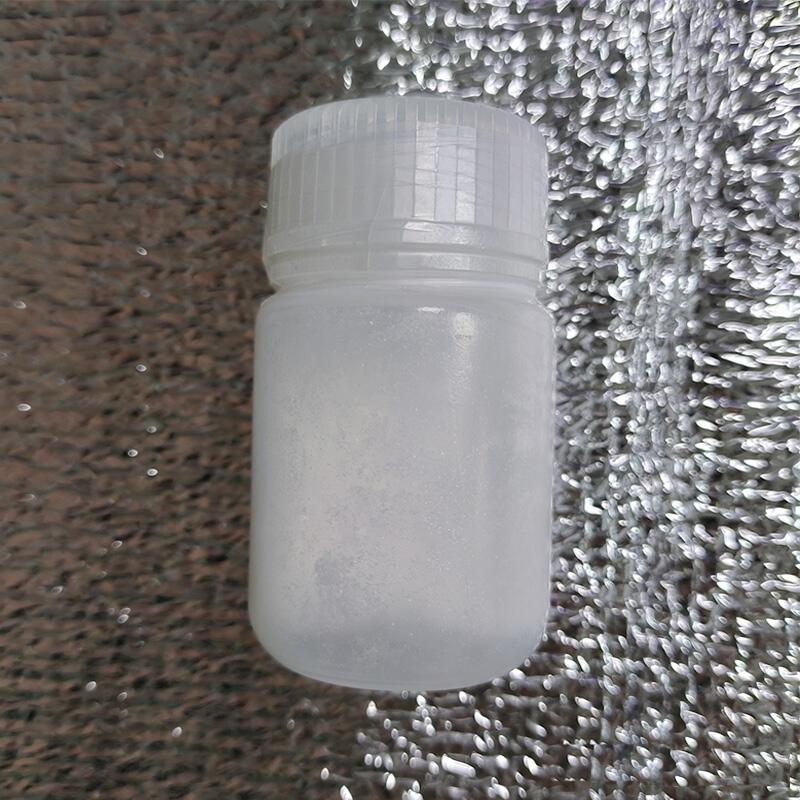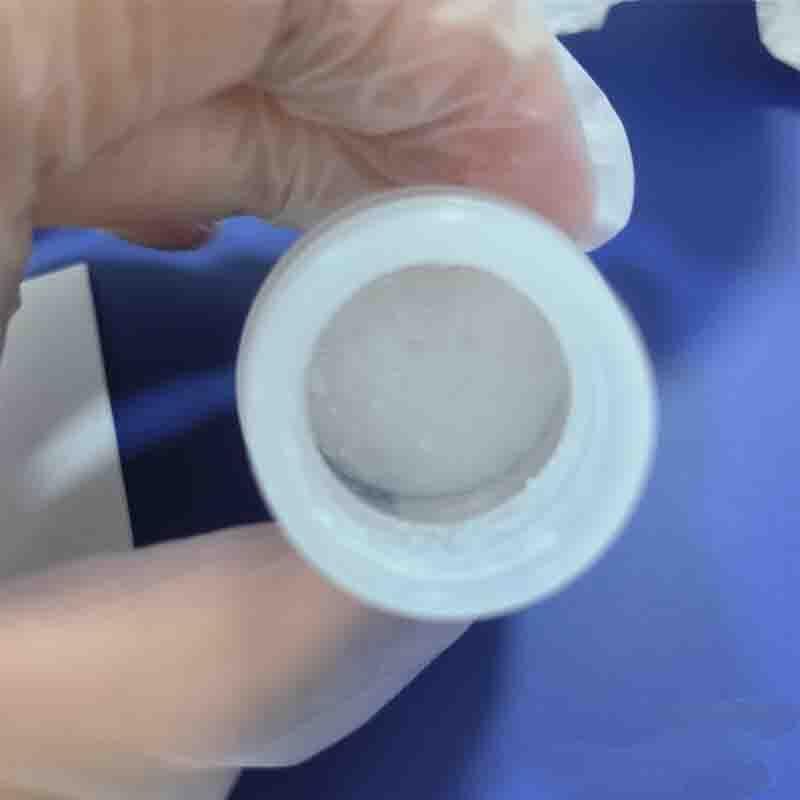-
Categories
-
Pharmaceutical Intermediates
-
Active Pharmaceutical Ingredients
-
Food Additives
- Industrial Coatings
- Agrochemicals
- Dyes and Pigments
- Surfactant
- Flavors and Fragrances
- Chemical Reagents
- Catalyst and Auxiliary
- Natural Products
- Inorganic Chemistry
-
Organic Chemistry
-
Biochemical Engineering
- Analytical Chemistry
-
Cosmetic Ingredient
- Water Treatment Chemical
-
Pharmaceutical Intermediates
Promotion
ECHEMI Mall
Wholesale
Weekly Price
Exhibition
News
-
Trade Service
The liver (liver) is an important metabolic organ in the body of vertebrates, and fully exerts key functions such as detoxification, deoxidation, storage of hepatic glycogen, and synthesis of secreted proteins in the body
liver
In modern society, the phenomena of staying up late, insomnia, anxiety, drinking and eating irregularly are more and more common, and more and more people suffer from liver disease, among which liver cancer is even more disgusting
Orthotopic liver transplantation is the most effective treatment for end-stage liver disease
On January 7, 2022, the team of Professor Dong Lei from the School of Life Sciences of Nanjing University and the State Key Laboratory of Medical Biotechnology published an original research paper online on Gut titled: Reprogramming the Spleen into a Functioning "Liver" in vivo
On January 7, 2022, Professor Dong Lei's team from the School of Life Sciences of Nanjing University and the State Key Laboratory of Medical Biotechnology published an original research paper online on Gut entitled: Reprogramming the Spleen into a Functioning "Liver" in vivo
In this study, material-induced tissue remodeling and direct reprogramming techniques were used to reprogram spleen fibroblasts into hepatocytes in situ, which truly allows the spleen to grow its own liver tissue and realize the functional transformation of the spleen to the liver
Prof.
In June 2020, Dong Lei, Zhang Junfeng and Wang Chunming published a paper in the journal Science Advances, transforming the spleen into an organ with typical liver functions in live mice
They injected a preselected tissue extract into the spleen of mice that showed a lower immune response and produced more of the extracellular matrix needed for cell growth
Professor Dong Lei told Biology World that the team's research published in Science Advances is to transplant liver cells into the spleen, which solves the problems of growth, integration and functionalization of the regenerated liver, but has not yet solved the problem of immune rejection and the source of seed cells for these tissues The inherent problem of regeneration
In this latest study, the research team firstly moved the spleen from the abdominal cavity to the subcutaneous area to facilitate continuous injection and observation of the spleen, and then injected SiO2 nanoparticles into the spleen to promote the proliferation of fibroblasts in the spleen for subsequent reprogramming and liver regeneration
Next, the research team used lentivirus as a delivery vehicle to overexpress liver-specific transcription factors (Foxa3, Gata4, and Hnf1a) in spleen cells, allowing splenic fibroblasts to transdifferentiate into functional hepatocytes in situ
Finally, the proliferation of transdifferentiated hepatocytes in the spleen was further promoted by delivering tumor necrosis factor-α (TNF-α) and lentivirus overexpressing epidermal growth factor (EGF) and hepatocyte growth factor (HGF) to the spleen
More importantly, in the experiment of acute liver failure induced by 90% hepatectomy, the survival rate of mice that successfully constructed transformed spleens was 50%, while all the untransformed mice died, indicating that transformed spleens can compensate for liver function.
In the experiment of acute liver failure induced by 90% hepatectomy, the survival rate of mice that successfully constructed transformed spleen was 50%, while all the untransformed mice died, indicating that transformed spleen can compensate for liver function
This study is different from the existing liver regeneration methods such as whole organ transplantation, tissue engineering or cell transplantation.
The problems of donor cell shortage and immune rejection faced by cell transplantation provide a new solution for the functional reconstruction of large tissues and the management of end-stage liver diseases
Finally, Professor Dong Lei said that the team has developed a series of biological and material technologies around spleen matrix modification and in situ tissue regeneration, and carried out a variety of methods and tissue exploration.
Original source:
Original source:Chunyan Liu, et al.
Reprogramming the spleen into a functioning 'liver' in vivoLeave
a comment here







